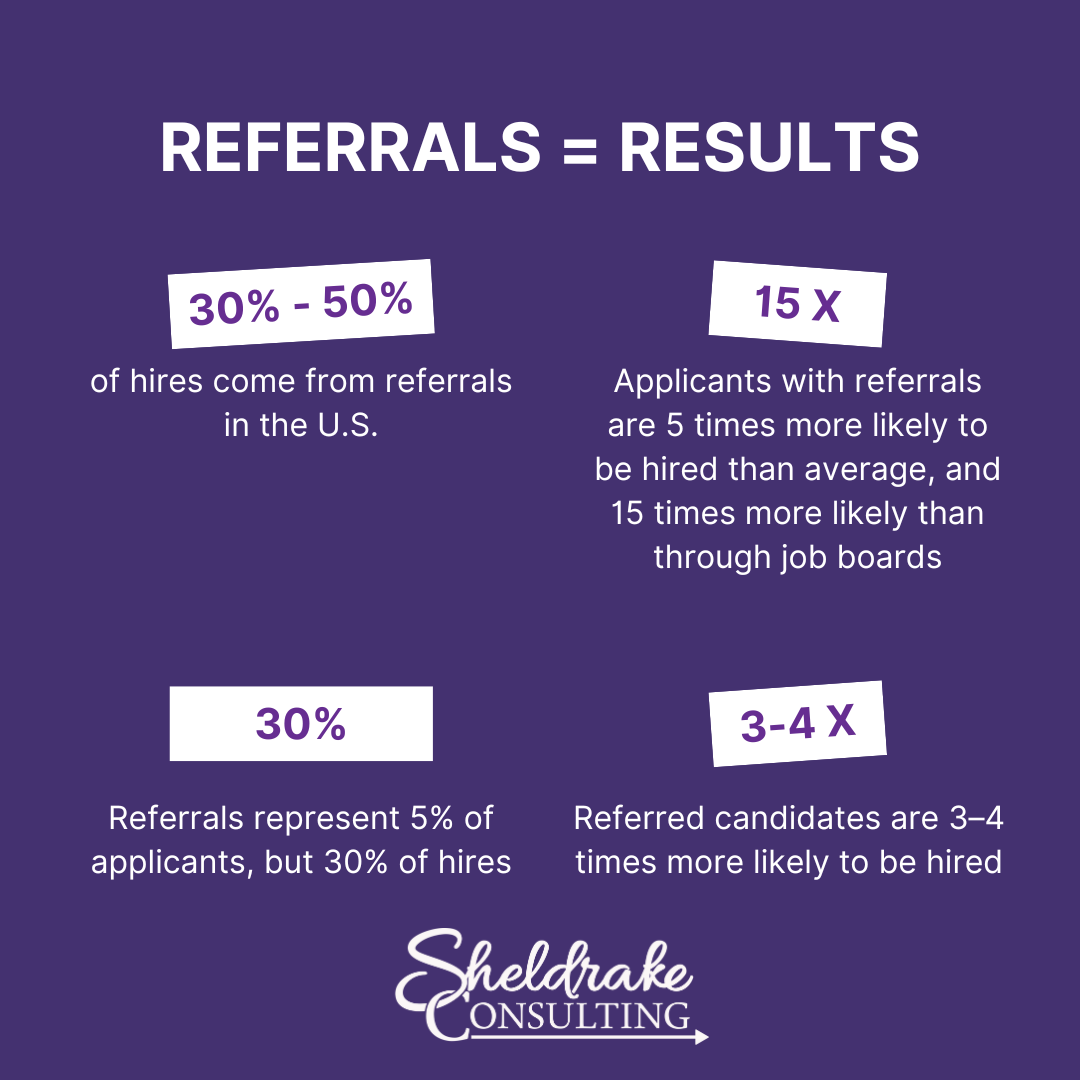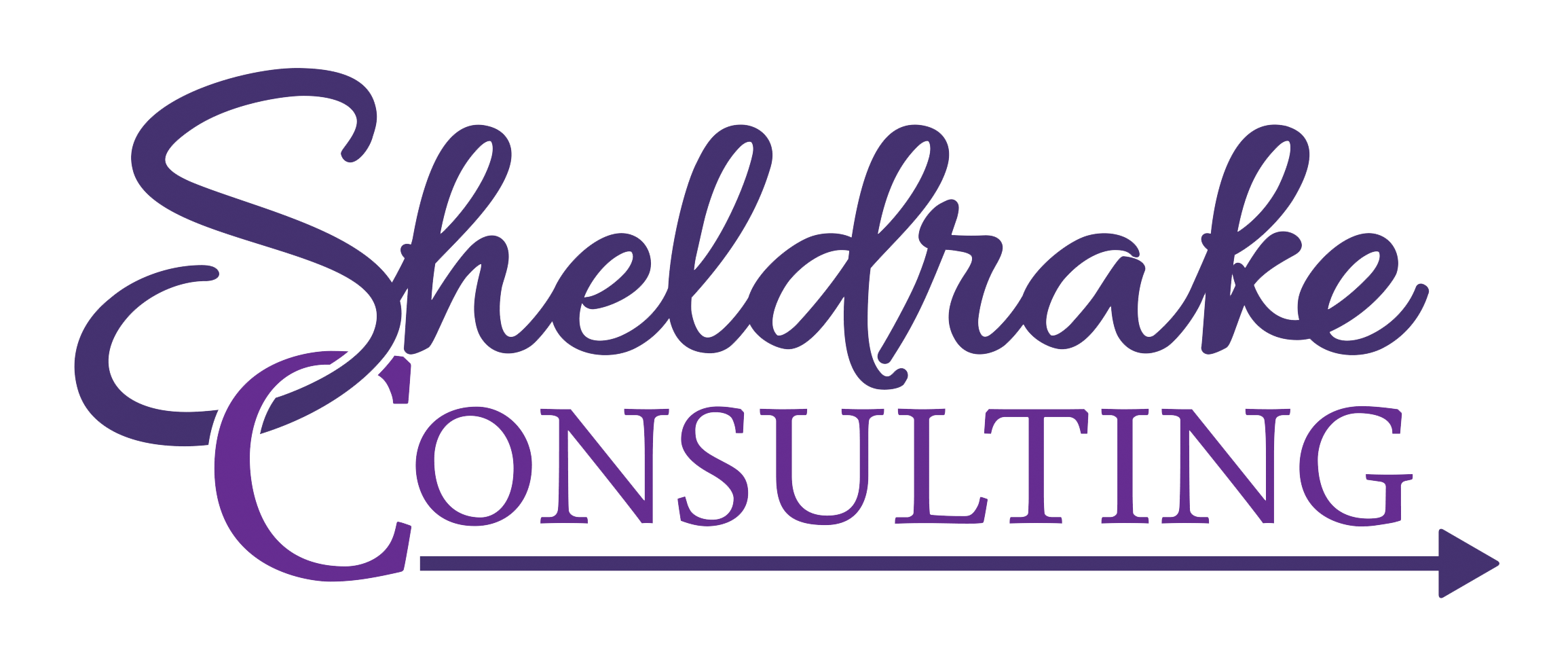You’ve probably heard the phrase “It’s not what you know, it’s who you know.” But in the “New Job Search,” where even what you know gets filtered through algorithms, who you know might be your strongest competitive edge.
If you’ve applied for tons of jobs and haven’t heard a thing, you’re not alone. This is the main complaint I hear from new clients. That’s because online applications, while necessary, are often black holes. Many professionals are discovering that their resumes, packed with experience, are getting ghosted.

Welcome to the new job search, where the path to your next opportunity doesn’t start with clicking “Apply.” It starts with a conversation.
While social media has its place, the most effective job search strategy for mid-career professionals isn’t building a personal brand on LinkedIn. It’s leveraging the relationships you already have and being intentional about building new ones.
Let’s break down how to do it.
Why Real-Life Networking Still Works
Job boards are crowded. Applicant Tracking Systems (ATS) are picky. And even the most polished resume can fall flat if no one ever sees it.
But here’s the thing: most jobs are never posted online. Or if they are, someone already has a candidate in mind. Networking gives you access to that hidden job market and positions you as a known, trusted human instead of another resume in the stack.

Networking works because humans hire humans. And when someone within a company can vouch for you, your chances of getting a callback skyrocket.
How to Network Strategically During a Job Search
You don’t need to “work the room” or collect dozens of business cards. Strategic networking is focused, deliberate, and goal-oriented. Here’s how to make it part of your job search playbook:
Step 1: Get Clear on Your Target
Start by identifying the types of roles and companies you’re interested in. You can’t network effectively if you don’t know where you’re aiming.
- What roles are you pursuing?
- What industries or companies are you drawn to?
- Do you want to stay local or are you open to remote work?
This clarity will help you know who to talk to and give others a clear sense of how they can help.
Step 2: Map Your Existing Network
Now, take stock of your people.
Start with:
- Former coworkers, managers, or clients
- Classmates or alumni from your college
- Friends, neighbors, fellow parents, members of your faith community
- People you’ve volunteered with or served on a board alongside
Look through your contacts, email, and LinkedIn to jog your memory. You’re not necessarily asking these people for a job; you’re starting conversations.
Step 3: Look for Warm Connections at Target Companies
Once you’ve identified companies you’re interested in, do some sleuthing:
- Use LinkedIn to see if anyone in your network works there or knows someone who does.
- Check alumni networks or professional associations for shared connections.
- Look for mutual friends who can make an introduction.
Pro tip: You’re not just looking for HR contacts. A peer in a similar role or someone on the team you’re targeting is just as valuable (and sometimes more accessible).
Step 4: Reach Out with a Clear Ask
When you’re ready to reach out, keep it short, specific, and thoughtful. Here’s an example:
Hi Jamie, I noticed you work at [Company Name]—I’m currently exploring new roles in [field] and your experience stood out to me. I’d love to hear a little about your path and what it’s been like working there. Would you be open to a 20-minute virtual coffee chat sometime next week?
This is not a request for a job. It’s a request for insight and connection. Keep it casual, show respect for their time, and make it easy to say yes. If you live close by, you can also make this an in-person meetup.
Step 5: Use the Conversation to Learn and Build Trust
When someone agrees to chat, show up prepared:
- Do your research on their company and background.
- Ask smart questions like:
“What do you enjoy most about your role?”
“What’s the culture like?”
“How did you land this job?”
Be curious, listen well, and don’t immediately pitch yourself; you’re building a relationship, not closing a deal.
Step 6: Ask for a Referral (the Right Way)
If the conversation goes well and there’s a role you’re qualified for, ask if they’d feel comfortable referring you.
You can say something like:
Thank you again for your time. I saw there’s a [Job Title] role open at your company that really aligns with my background. Would you be open to referring me or passing my resume along internally?
Most companies have referral programs, and many employees are happy to help if they’ve had a positive interaction with you first.

Step 7: Follow Up and Stay Connected
After your conversation, send a thank-you note. Update them if you land an interview or get hired. Relationships matter beyond just one role; staying in touch turns a one-time interaction into a long-term connection.
And when you’re in a position to help someone else? Pay it forward.
Networking Isn’t Just for Extroverts
You don’t need to be the life of the party to be a great networker. In fact, thoughtful, intentional networkers often make the best impressions. This process is about one conversation at a time, not building a massive contact list.
Need Help Building Your Networking Strategy?
At Sheldrake Consulting, we work with mid-career women who are navigating the new job search landscape. Whether you’re trying to pivot, return after a break, or finally go after the role you really want, we can help you build a strategy that works, including how to approach networking with confidence and clarity.
Want personalized support with your job search? Book a 30-minute consultation and let’s talk.

